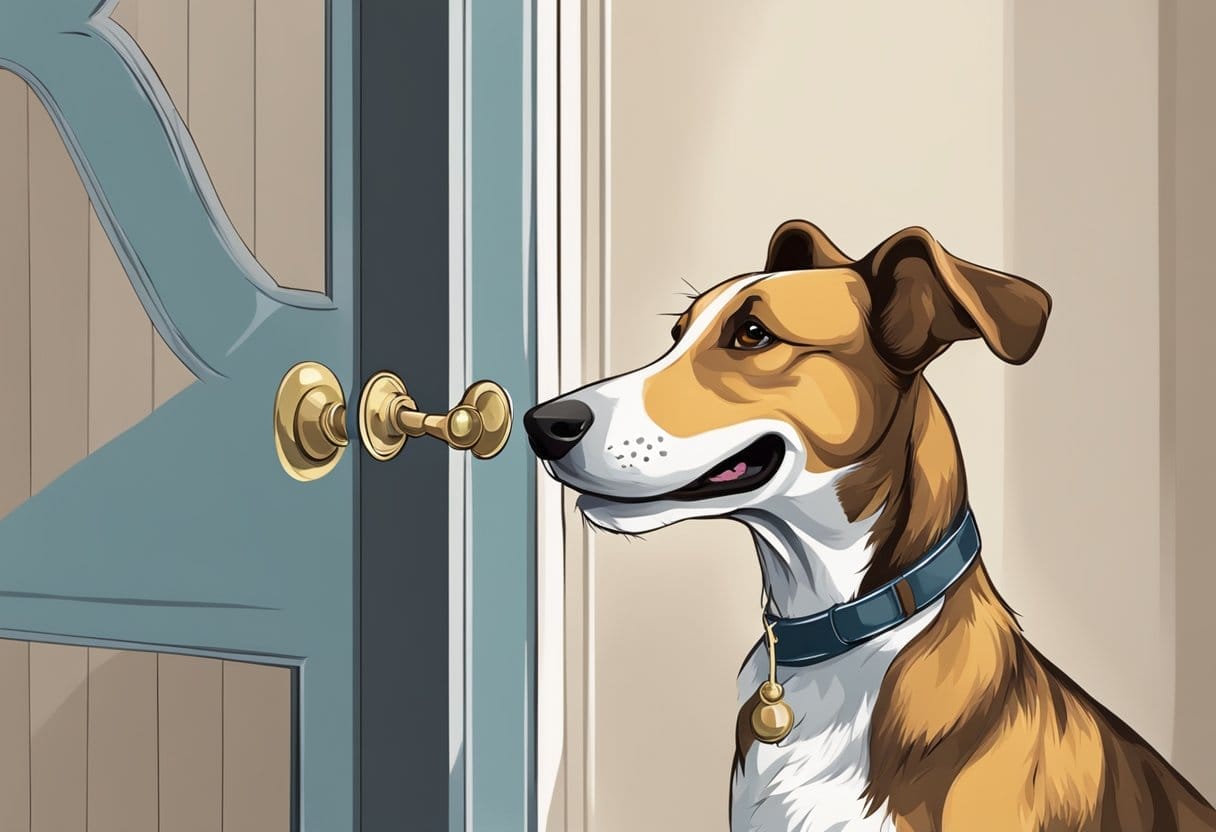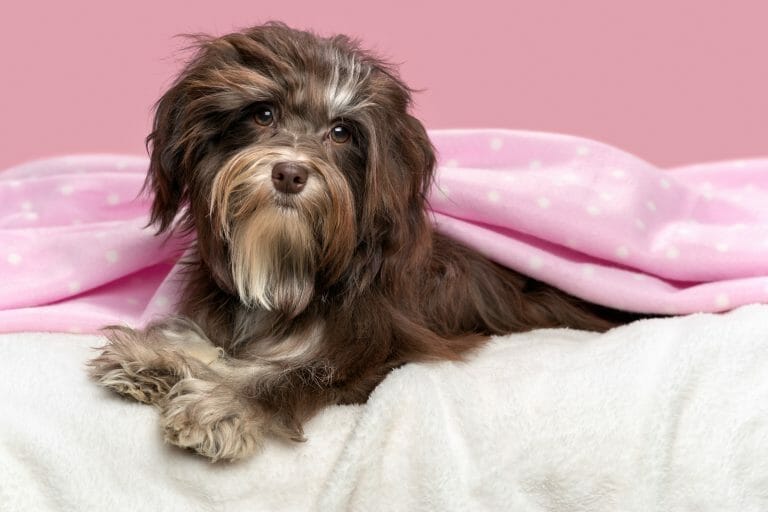
Dog bells for house training provide a convenient and efficient way for dog owners to teach their pets when and where to do their business. House training a dog can be challenging for both the owner and the pet. It requires patience, consistency, and effective communication. Incorporating dog bells into the training process can significantly improve the results and ease the stress of housebreaking for everyone involved.
The concept of using dog bells for house training is simple and based on the principles of classical conditioning. Dogs are intelligent animals that can learn to associate the sound of the bell with the action of going outside to relieve themselves. By using a consistent approach, dog owners can effectively train their pets to ring the bell whenever they need to go outside. This method not only improves communication between the pet and the owner, but also reduces the chances of indoor accidents, leading to a cleaner and happier home environment.
To achieve success with dog bells, consistency is key. It is essential to select a specific area in the home for the bells to be placed, near the door the pet will use to go outside. Owners must be diligent in ensuring they respond to the bell promptly each time their pet rings it. Over time, the dog will learn to equate the sound with being allowed outside to eliminate and will begin to rely on this form of communication. Building trust and consistency with the dog bells will lead to a more effective and enjoyable house training experience.
What is a Dog Bell and How Does it Work?

A dog bell is a simple yet effective tool used to assist pet owners in house training their dogs. It consists of a bell or a set of bells attached to a string or strap, which can be hung on a doorknob, wall hook, or other accessible location in the home. The primary purpose of a dog bell is to teach dogs to communicate their need to go outside and use the bathroom, reducing the likelihood of accidents inside the house.
The basic concept behind the dog bell is to utilize a technique called positive reinforcement. This training method involves rewarding the dog when they exhibit the desired behavior and ignoring or redirecting undesired behaviors. It has been proven to be an effective tool for teaching dogs various commands and behaviors, including house training.
The process of dog bell training can be broken down into the following steps:
- Introduce the bell: Show the dog the bell and let them sniff and explore it. Encourage your pet to interact with the bell. You can use a clicker or provide treats as they touch the bell to reinforce the action.
- Associate the bell with going outside: Each time you take your dog outside for a bathroom break, prompt them to ring the bell. Use a command such as “touch,” “ring,” or “bell” and reward them with treats and praises when they successfully do so.
- Practice and consistency: Over time, your dog will start to associate ringing the bell with going outside to use the bathroom. Ensure you continue the practice and be consistent in rewarding and reinforcing the action.
Here’s a sample Dog Bell Training Schedule for effectively teaching your dog to use the bell:
| Week | Daily Routine |
|---|---|
| 1 | Introduce the bell and associate it with going outside by guiding their paw or nose to ring it. Reward with treats and praise. |
| 2 | Continue associating the bell with going outside and begin using the command word each time your dog interacts with the bell. |
| 3 | Start to increase the distance between the bell and the door. Continue rewarding and reinforcing each time your dog successfully rings it. |
| 4+ | Gradually reduce the amount of treats and praise, aiming for your dog to independently ring the bell with just your verbal command. |
In conclusion, a dog bell is a valuable tool in house training your pet. By following a consistent training schedule and using positive reinforcement, you can teach your dog to communicate their need to go outside, ultimately preventing accidents in the home.

Benefits of a Dog Bell
Dog owners are constantly seeking ways to strengthen their bond with their pets, and one proven method is through effective communication. Integrating a dog bell into house training offers a myriad of advantages, ultimately reinforcing trust between dogs and their owners.
- Fewer Accidents: Teaching dogs to ring a bell when they need to go outside eliminates guesswork. This results in fewer indoor accidents, preserving the cleanliness of your home.
- Increased Independence: Dogs become more self-sufficient, learning to alert their owners when they need something without resorting to destructive behavior.
- Customizable System: Owners can adapt the training method and sound of the bell to cater to their individual dog’s preferences.
The table below compares traditional house training methods with dog bell training:
| Method | Speed of Learning | Confidence Building | Clearly Communicated Need |
|---|---|---|---|
| Traditional | Slow | Moderate | Ambiguous |
| Dog Bell | Fast | High | Explicit |
Introducing a dog bell into your pet’s routine is an investment in your long-term relationship with your furry companion. As this training tool effectively improves communication, it not only streamlines the house training process but also fosters a deeper understanding and trust between you and your dog.
Getting Started with Bell Training

Choosing the Right Bell
When beginning bell training, it’s important to choose the right type of bell for your dog. Consider the size and noise level that is suitable for your living environment. There are various types of bells available, such as:
- Hanging Bells: These can be hung on a door handle or a hook near the door. They usually have a loop or strap to make it easy for your dog to nose or paw at.
- Floor Bells: Also known as “potty bells,” these sit on the floor near the door. They are designed for dogs to step or press on the button, which triggers a chime.
In general, look for a bell with a pleasant and noticeable sound that isn’t too loud or irritating for you and your dog.
Introducing Your Dog to the Bell
Introducing your dog to the bell is a crucial step in dog bell training. Here’s a guide to getting started:
- Choose a suitable location near the door where your dog will consistently have access to the bell.
- Let your dog sniff and investigate the bell at their own pace.
- Hold a treat close to the bell and encourage your dog to interact with it (touch, paw, or nose). Use positive reinforcement each time your dog successfully engages with the bell. Repeat until your dog is comfortable with the bell.
| Age | Amount of Practice |
|---|---|
| 8-16 weeks | 10-15 minutes/day |
| 4-6 months | 15-20 minutes/day |
| 6+ months | 20-30 minutes/day |
It’s essential to start bell training when your dog is still a puppy. The amount of practice needed will vary depending on your dog’s age, but a general guide is outlined in the table above.
Through consistent practice and positive reinforcement, your dog should begin to associate ringing the bell with going outside. Remember to be patient and consistent. Bell training can be a highly effective way to house train your dog and improve communication between you and your furry friend.
Training Your Dog to Use Bells

The Training Process
To effectively train your dog to use bells for house training, it is essential to maintain a consistent and clear training process. Follow these steps to seamlessly introduce bell training:
- Choose a bell: Select a bell that produces a distinct sound, and hang it at your dog’s nose level near the door.
- Introduce the bell: Allow your dog to familiarize themselves with the bell by sniffing and touching it.
- Add a verbal cue: Introduce a verbal cue such as “touch” or “ring” while encouraging your dog to touch the bell with their nose or paw.
- Reward your dog: Offer praise and a treat as reinforcement each time your dog successfully touches the bell.
Remember to demonstrate patience and consistency throughout the process to achieve a successful outcome.
Encouraging Communication
To establish effective communication with your dog, it is crucial to recognize and respond to the signs your dog displays when they need to use the bathroom. These signs may include:
- Whining
- Pacing
- Circling
- Sniffing
Once you identify these signals, immediately encourage your dog to ring the bell by using the chosen verbal cue. Doing so will help create an association between the bell and the need to eliminate, allowing your dog to clearly communicate their needs.
Reinforcing Positive Behavior
Reinforcing positive behavior is a crucial aspect of successful bell training. When your dog rings the bell and successfully eliminates outside, immediately offer praise, a treat, and verbal reinforcement like “good job!” to reward their positive behavior. By consistently recognizing your dog’s achievements, you can effectively reinforce the link between ringing the bell and going outside to eliminate.
Implementing bell training to house train your dog requires patience, clear communication, and consistent reinforcement. With dedication and adherence to these guidelines, your dog will soon be confidently using bells to communicate their needs.
Advanced Strategies and Troubleshooting

Mistakes to Avoid
When using dog bells for house training, it is essential to avoid common mistakes that can hinder the process. Here are some key points to remember:
- Inconsistency: Training requires consistency, so always use the same bell and hang it in the same location. Inconsistent use of the bell can confuse your dog and slow down the training process.
- Poor Timing: Ensure that you start and end training sessions at appropriate times. Schedule daily sessions and avoid training your dog when they are tired or distracted.
- Ignoring Signals: If your dog starts scratching at the door or exhibiting other signs that they need to go out, respond promptly. Ignoring these signals can lead to accidents and setbacks in the training process.
Addressing Challenges with Older Dogs
Older dogs, especially rescue dogs, may face unique challenges when learning to use house training bells. Here are some strategies to help address these issues:
- Fear of the Bells: Some dogs may be scared of the bells at first, especially if they have had negative experiences with loud noises in the past. Gradually introduce the bells by letting your dog explore them on their own and offering treats or positive reinforcement as they do so. Over time, they will learn to associate the bells with positive experiences.
- Scratching at the Door: If older dogs are used to scratching at the door to signal their need to go outside, it may take longer to transition to using the bells. Be patient and persistent, and make sure to praise your dog when they successfully use the bells instead of scratching.
- Training Sessions: Keep the training sessions short and focused, ideally between 5-10 minutes. Longer sessions may tire out older dogs or become too repetitive. Incorporate breaks and playtime into the training routine to keep your dog engaged and motivated.
- Positive Reinforcement: Use plenty of positive reinforcement, such as treats and praise, to reward your dog for successfully using the bells. This will encourage them to repeat the desired behavior and reinforce the connection between the bells and going outside.
Addressing these challenges with patience and consistency will ensure that even older dogs can learn to effectively use house training bells.
Choosing Quality Dog Bells

When selecting the best dog doorbells for house training, there are several factors to consider to ensure you purchase durable and effective bells. Understanding these factors will help you make an informed decision.
Firstly, consider the material and construction of the dog bells. Look for bells made with high-quality materials, such as stainless steel or brass, for their longevity. Nylon or polyester straps are great options for durability and can hold up against frequent usage and tugs from your furry friend. A popular choice among pet owners is PoochieBells, which offers strong, custom-made bells in various colors and styles. They also proudly produce their products Made in the USA.
When comparing options, pay attention to customer reviews, especially on platforms like Amazon. These reviews will provide useful insights on the bells’ longevity and effectiveness. Be cautious of products with a pattern of negative feedback regarding durability or quality.
Ease of use is another important aspect to consider. Ensure the dog bells can be easily attached to doorknobs or other fixtures in your home. Some bell systems may feature adjustable straps or multiple hook options to accommodate various door handles and attachment preferences.
Lastly, think about the sound produced by the bell. The noise should be loud enough to hear from different rooms but not too harsh or irritating to human ears. This is important since you’ll be hearing the bell consistently during the training process.
In summary, when searching for high-quality dog bells, consider:
- Material and construction (e.g. stainless steel or brass bells, nylon or polyester straps)
- Customer reviews on platforms like Amazon
- Ease of use and attachment options
- Sound quality
By keeping these factors in mind, you’ll be able to find a reliable dog bell system, such as PoochieBells, to assist in your house training journey.
- About the Author
- Latest Posts

Sara is a passionate writer and an avid lover of Havanese dogs. With several years of experience in dog training, breeding, and care, she has developed a deep understanding and admiration for the Havanese breed. Sara’s mission is to provide valuable insights, resources, and tips to help Havanese dog owners provide the best possible care and nurturing for their beloved pets.








